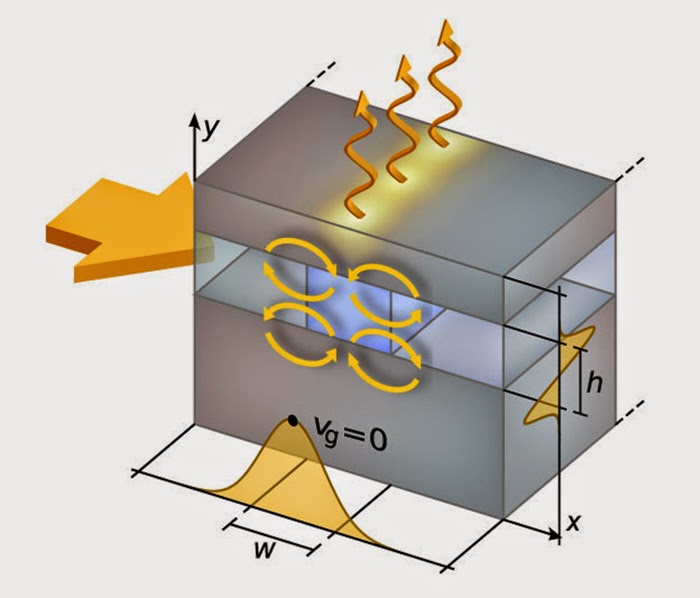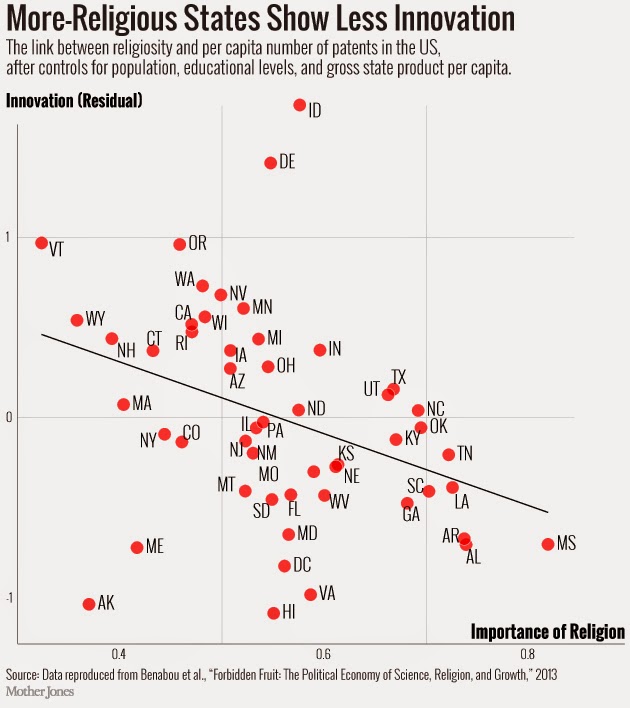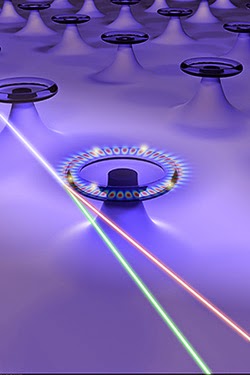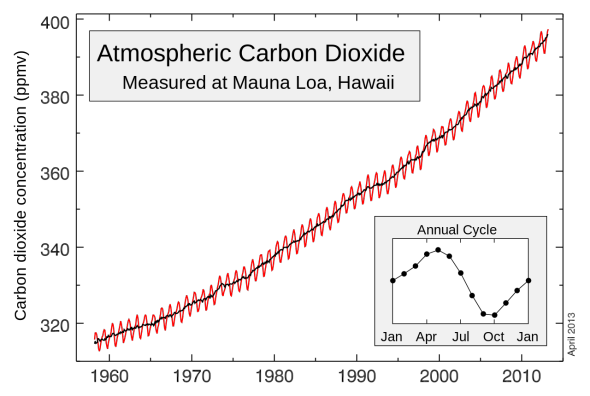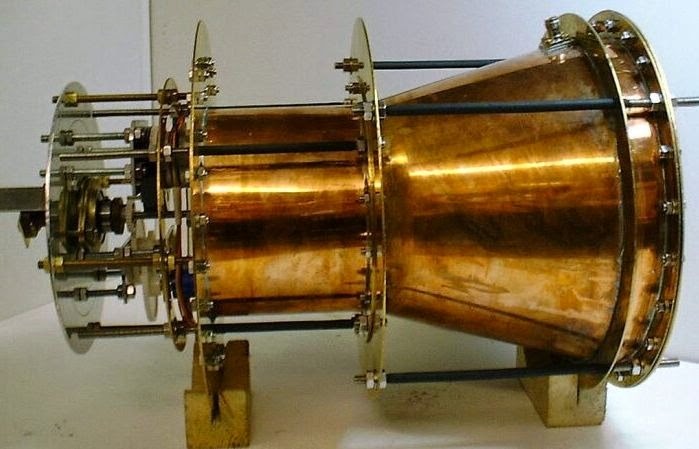(Inside Science) – Why don't we suffocate whenever we try to take a breath? An international team of scientists has used quantum mechanics – the science that usually deals with events at the level of the ultra-small – to solve this human-sized mystery.
Quantum mechanics has long proved its value in understanding such phenomena as the behavior of electrons and in classifying subatomic particles. But in recent years theorists have increasingly shown how it applies to all facets of life, large and small.
"This work," said team member David O'Regan, a physicist at Ireland's Trinity College, Dublin, "helps to illustrate the fact that quantum-mechanical effects, which may sometimes be viewed as somehow very exotic or only relevant under extreme conditions, are at play in the day-to-day regimes where biology, chemistry, and materials science operate."
The paper's titled: "Renormalization of myoglobin–ligand binding energetics by quantum many-body effects." That's a mouthful, I know but you're a sharp crowd knowing you've read this far.
They use a technique - Density Functional Theory, or DFT, which won the Nobel Prize in Chemistry in 1998, and its extension Density Mean-Field Theory. Some excerpts:
"DFT has been the standard tool for simulating electronic properties of materials and molecules for a number of years," O'Regan said.
The team used the technique to study reactions between the iron atom inside myoglobin and a molecule of oxygen or carbon monoxide. These reactions involve electrostatics, the arrangement of electric charges in atoms and molecules. When the iron atom transfers negative electric charges to an oxygen or carbon monoxide molecule, it enables the molecule to attach itself to the entire myoglobin protein.
Unfortunately, the theory consistently predicted that carbon monoxide should bind to myoglobin much more readily than oxygen.
"Using DMFT, we showed that, in fact, close to one electron is transferred to the oxygen molecule," Cole explained. "This provides much greater electrostatic stabilization than previously thought. It means that our estimate of the relative binding of oxygen and carbon dioxide is now in excellent agreement with experiment."
The analysis revealed that an effect called entanglement plays a critical role in binding oxygen molecules to the protein. Entanglement is a quintessential characteristic of quantum mechanics that links pairs of electrons so strongly that they no longer act independently. The process also involves Hund's exchange, another quantum-mechanical property that previous simulations had ignored.
The research has potential uses beyond understanding the molecular basis of breathing. According to Cole, the better understanding of how molecules bind to iron-containing proteins could help the drug-development process and possibly facilitate the design of artificial photosynthesis devices that would capture and store energy from the sun.
Impact: Supplying oxygen to the International Space Station would be a good low-orbital beta test platform. We could terraform our own planet, that we seem determined to do with the burning of fossil fuels anyway - our photosynthesis devices could remove carbon dioxide from the atmosphere and supply us with oxygen as its byproduct - we kind of need that. If we could do that, settling the Moon, Mars or any other planet would be a lot simpler once we engineer faster propulsion systems than we have currently. On Earth, "Green Tech" could literally mean converting solar energy into chemical energy useful to us as farmed (as in food) or mined resources. These are inevitably a dwindling supply and the basis for our current inequality hierarchy and scarcity economics. Please read the rest of the article at the link for more information.
Inside Science: How Quantum Mechanics Helps Us Breathe, Peter Gwynne


